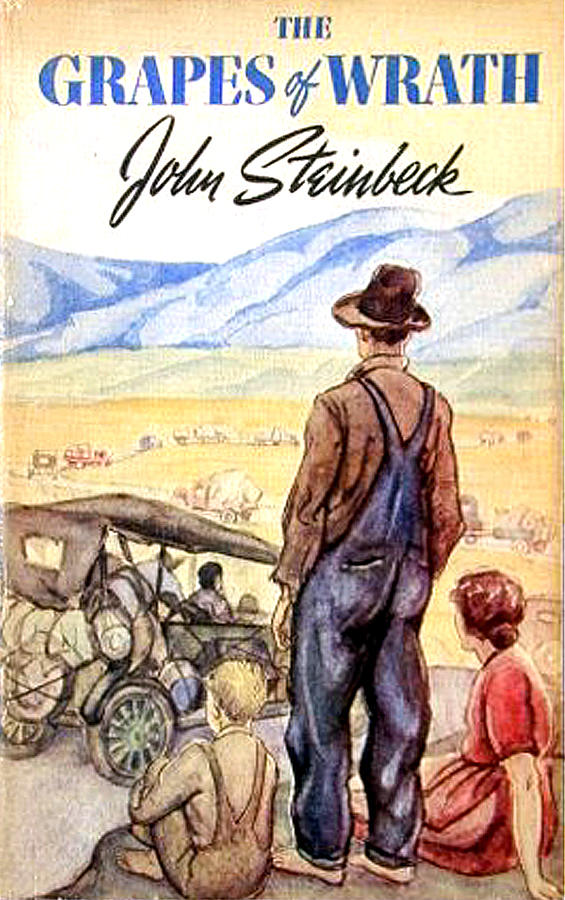Science has been a busy arena for our kids over the past couple of weeks.
Mars Out of Time found us following up on our reading of Andy Weir's The Martian by assessing the problems solved in the novel's manned mission and applying those lessons to our fictional colonization of the Red Planet. At last look, the document they created outlining problems and solutions totaled thirty-three of each.
Jennifer Ayala, SK parent of Andrew '22 and NASA Ambassador, came in for a lively presentation on the book and a Q&A on all matters aeronautical in mid-May.
Our gathering of elites for the Mars Out of Time Symposium and Banquet featured student-run projects including a guide through the University of Michigan's Place Out of Time site, a review of the thirty-three problems and solutions, a presentation of the Martian Constitution created to address the complexities of a new society, a dozen creative, scientific, and literary projects from the 5-6s, and six focus groups debating the following scenario:
Life has been discovered at the foot of Olympus Mons at the microbiotic level. Nearby, the richest deposit of impossinium in the solar system has also been detected. We can't mine the ore without endangering the habitat. What should our next two steps be?
Our guest professors from U of M were deeply impressed with the discussions that followed. They observed that all groups conducted their conversations equitably, regardless of age (grades 5 through 8 were mixed), gender, or character; and that each was highly strategic, hardly needing the fifteen minutes allocated. The most astute observation we heard was that the proximity of the habitat and the vein of ore was too close to be coincidental, so extreme caution was called for.
We returned to the Drosophilia Laboratory at the University of Michigan's Life Sciences Institute, once again under the guidance of Dr. Lisa Johnson, SK parent of Lindsay Barolo '17. As in the fall, the kids were manipulating genetic material.
Here are the paces she and the kids put those fruit flies through:
Below is a link for a virtual transgenic fly lab from the Howard Hughes Medical Institute. The parts of the lab called "prepare fly embryos" and "inject fly embryos with DNA" are what Lisa demonstrated when the kids are in the lab, along with dissecting, which is not shown in the virtual demonstration.
Finally, Dr. Frank Marsik, Friend of SK, helped us generate a brief activity that we pursued over the course of two weeks, on meteorology and weather prediction. We focused on atmospheric pressure and wind generation, with a delightful sojourn in Monica Wilson's art class on cloud portraits. Those can be seen all over the Atrium at Summers-Knoll. Find Nik's! It's amazing!
Here'a a little more on Dr. Marsik's work. This is the truly awesome stuff--a hurricane assessment system that will float in outer space.
http://earthzine.org/2014/10/09/nasas-cygnss-constellation-of-hurricane-remote-sensing-satellites-2/


